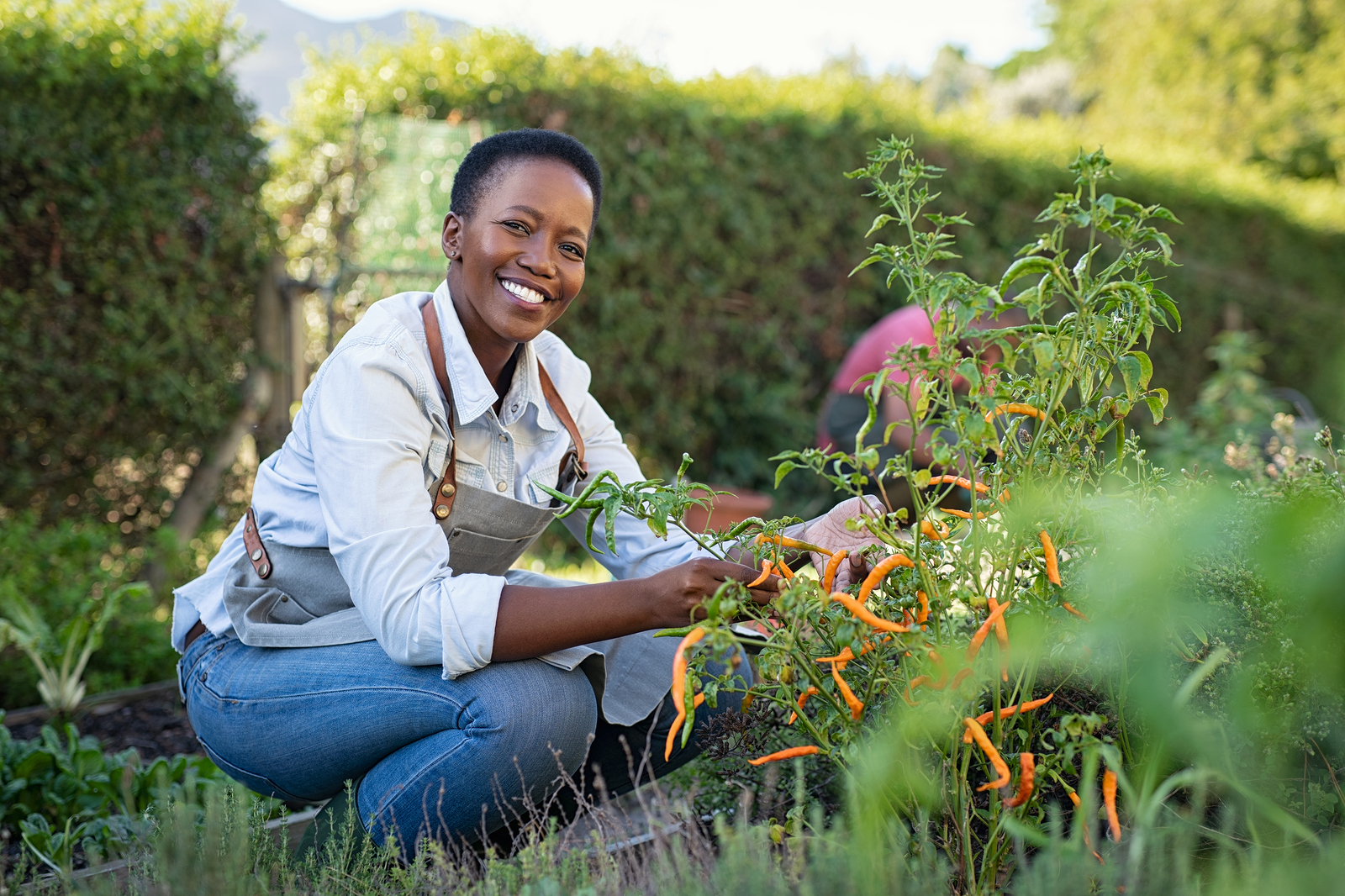With fall just around the corner, many new gardeners naturally assume that the gardening season is over. It doesn’t have to be; many vegetable crops do best when planted out in fall (fresh lettuce for your salads!).
If you are strictly an ornamental gardener, however, fall typically signals the end of active gardening until next spring. If your garden wasn’t all you’d hoped it would be, take steps now to ensure that next season is a winner.
Evict pests
It seems counterintuitive, right? What with fall coming and all the junk that is bound to blow in, why bother cleaning now?
Bugs and diseases.
All that “stuff” laying on the soil – you know, the dead plants, the leaves and other detritus – provides shelter over the winter to pests and disease organisms.
Unless you want to deal with the onslaught in spring, stop it now. Rake it all up and bag it or compost it, but get it out of the garden.
Fix the soil
The best thing you can do for next season’s plants is to provide the soil in which they’re grown with yummy nutrients right now.
Combine about 4 inches of shredded bark with the same amount of compost and dig the mixture into the top 6 inches of soil. Top it all off with another 4-inch layer of the wood chips to sit on top of the soil.
Over the winter, this combination will go to work, lightening clay soil and decomposing to provide an amazingly rich environment for plant roots.
If you’re not a victim of clay soil, just spread a big, thick layer of compost on top of the soil and let it sit over winter. It will work its way down, into the soil.
If you won’t be planting winter vegetables, add 2.5 pounds of ammonium sulfate per 1,000 square feet of space. Mix it down at least 10 inches into the soil.
Pamper your perennials
Although most perennials should not be cut back in fall, some require it, according to Don Kinzler at AgWeek.com. These include:
- Daylilies – prune the leaves after the first fall frost.
- Hosta – avoid the mushy foliage of spring by cutting back hosta foliage (to 1 to 2 inches above the soil) around the time of the first frost.
- Iris – not only should you cut back the foliage (to a “fan shape 2 to 3 inches high,” according to Kinzler), but division is best done in August and September.
Check the other perennials in the garden for signs of diseased branches or stems. Remove them and rake up the mulch beneath the shrub and dispose of it. Then, apply a fresh layer of mulch, even if it’s leaves or pine needles.
Inspect shrubs for any branches or stems that may be diseased, prune them off and then rake up the mulch under the plant (it may contain disease organisms or spores).
Get spring-blooming bulbs into the ground now
Spring is daffodil time (and tulip and crocus time) and you’ll only get all that deliciousness if you get the bulbs planted before the ground freezes.
Unsure of how deep to plant? Eyeball the height of the bulb and bury it two to three times that. If your bulb is 2 inches tall, the planting hole should be 4 to 6 inches deep.
Tender bulbs, such as canna, dahlia and gladiolus should be protected from being brought to the surface by frost heave during winter. Use pine tree boughs, wood chips or pine bark, according to the experts at Better Homes and Gardens.
Don’t forget the lawn
In fall, your lawn is preparing to go dormant, so it’s absorbing as much water and nutrients as it can. Help it out by aerating it and then, in late fall, fertilizing it with 24-0-10, slow-release fertilizer.
Finally, mow the lawn at the mower’s lowest height but don’t remove more than one-third of its current height in one session.
Your final gardening task is to ensure that you have enough gardening books and seed catalogs to get you through a long winter.






